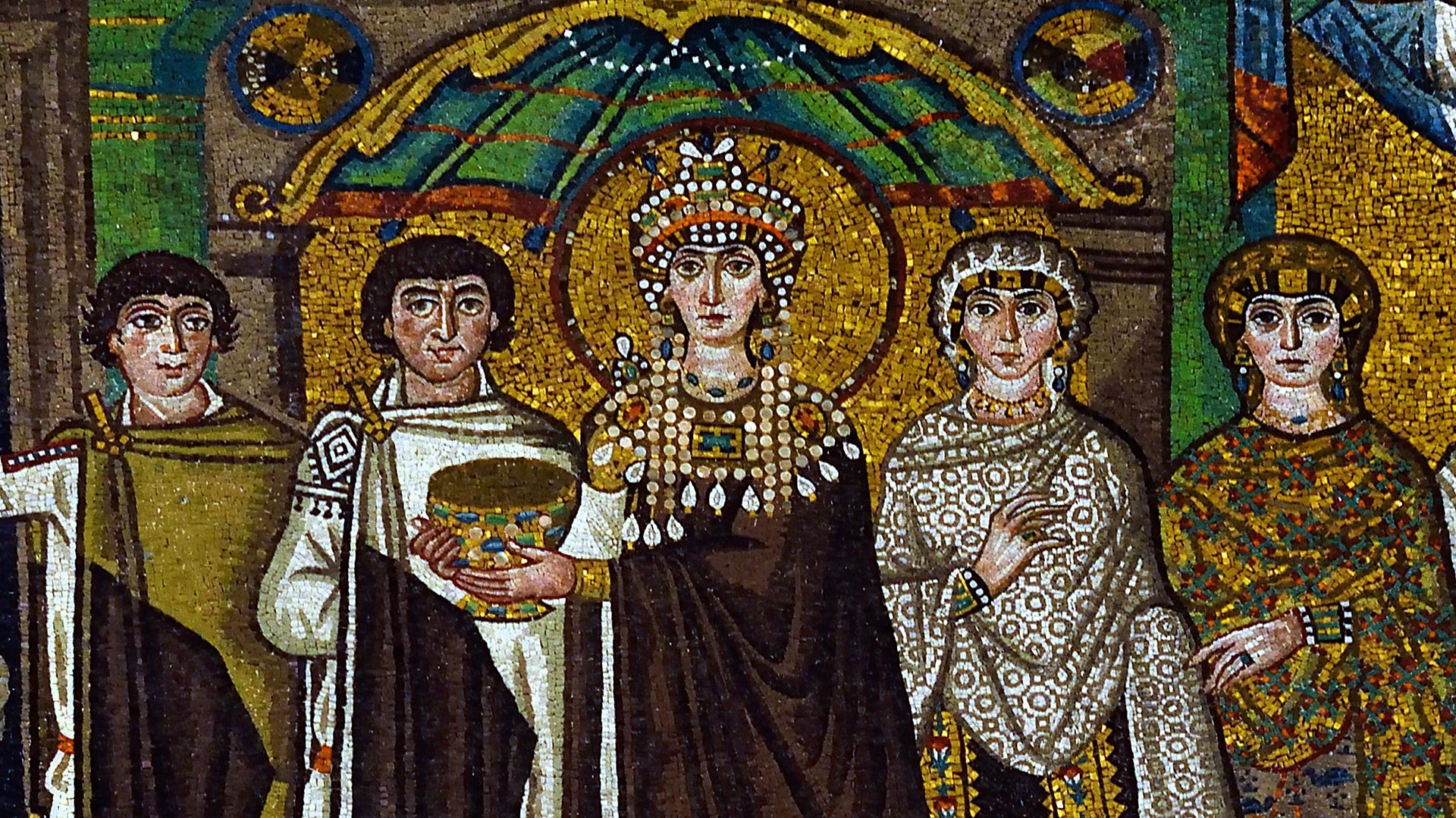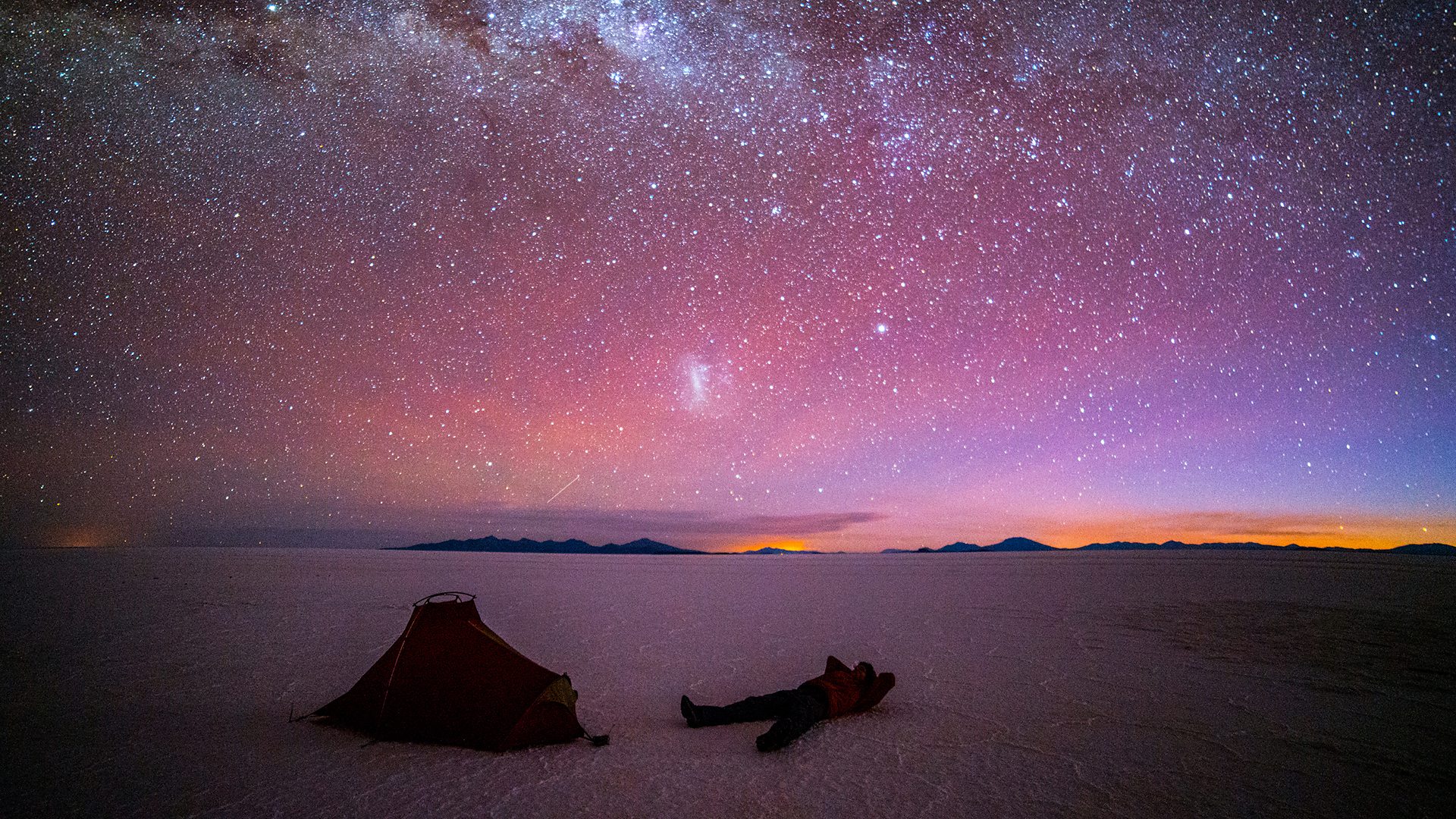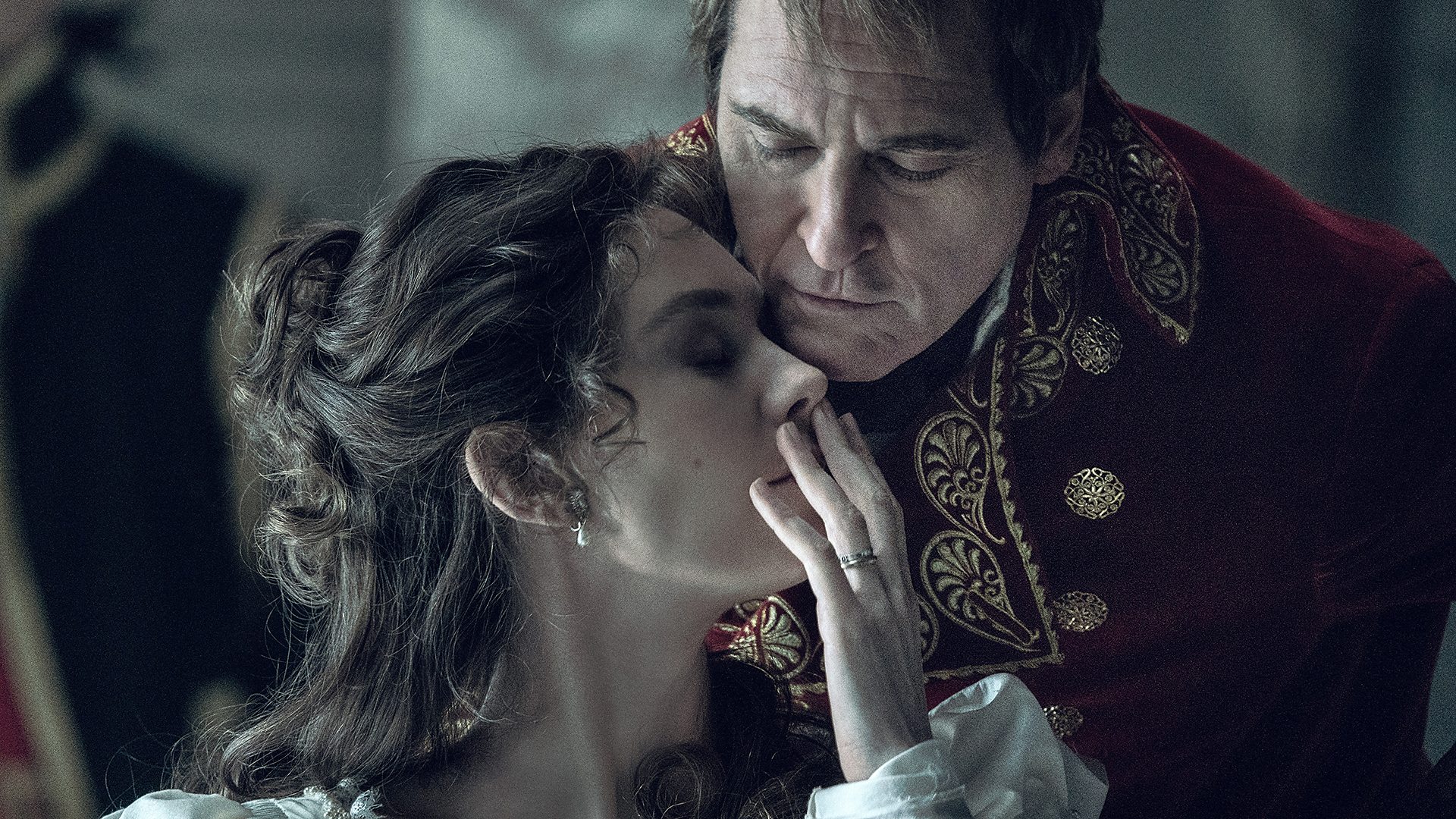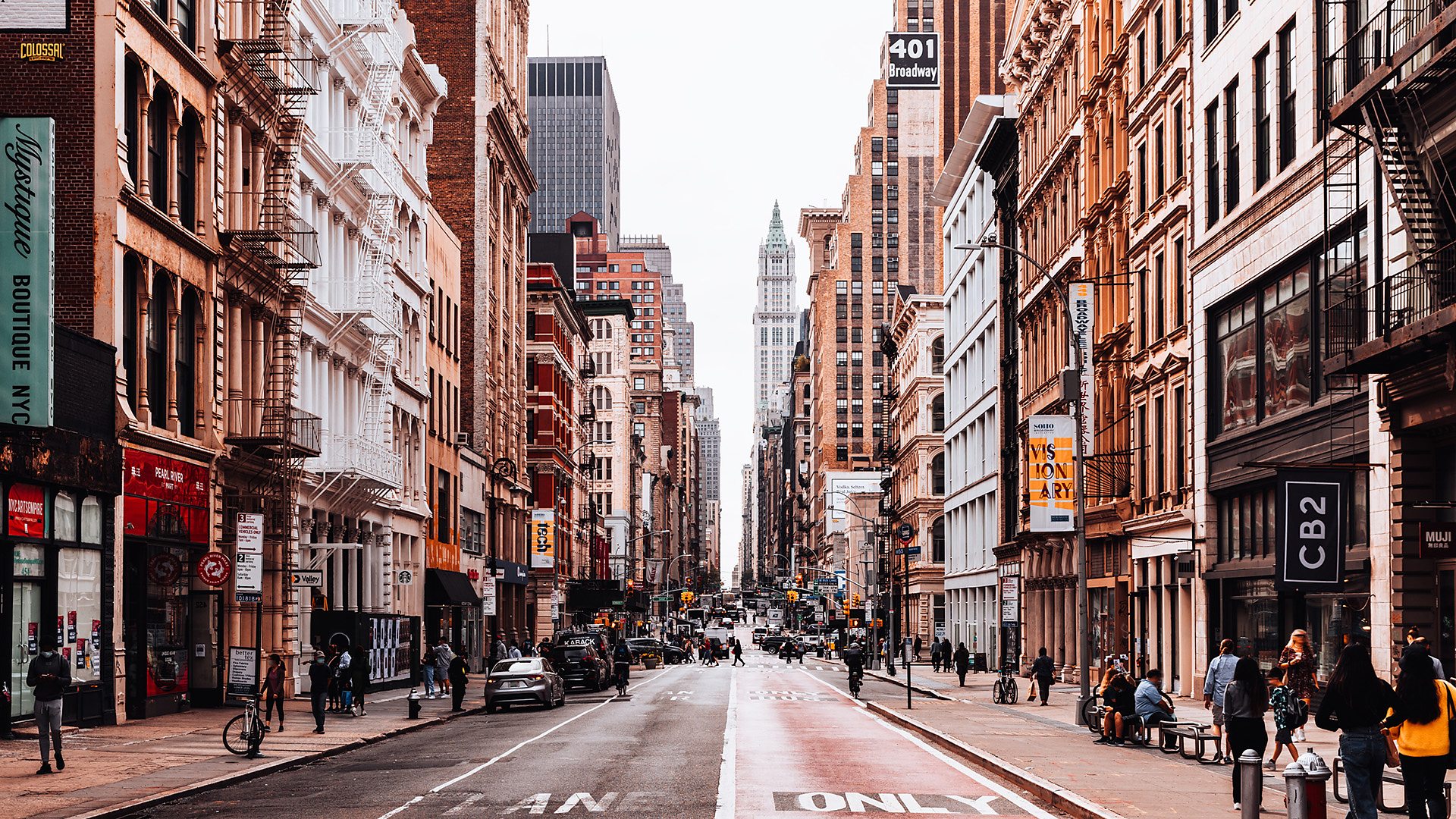The Boy and the Heron review: Miyazaki's 'last' film is a masterpiece
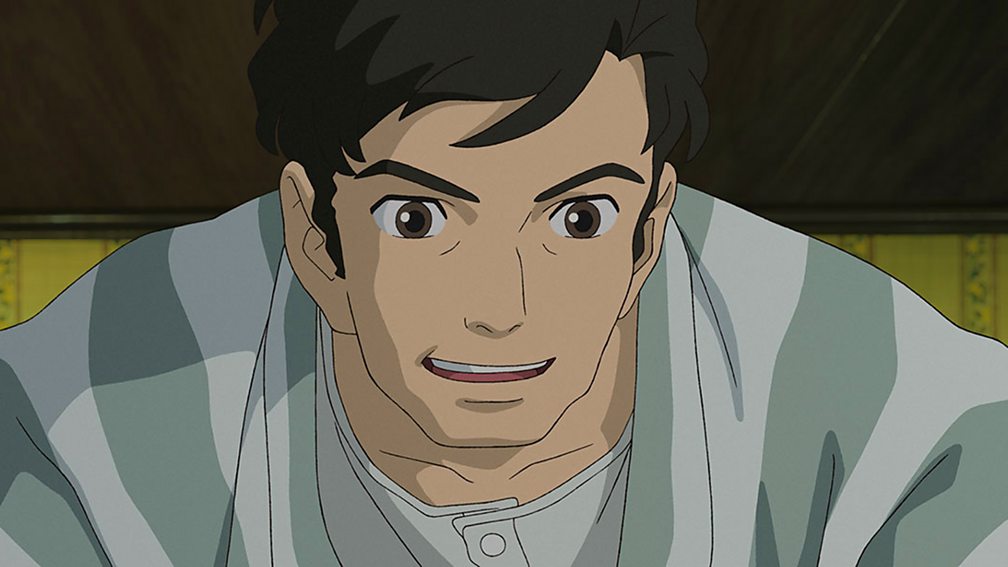
Hayao Miyazaki's first film in a decade has played at the Toronto International Film Festival, and is his "most expansive and magisterial", writes Caryn James.
Hayao Miyazaki is one of the great masters of cinema, whose work happens to be animated, in hand-drawn films of exquisite delicacy and beauty. They are grounded by thoroughly believable young heroes and heroines who often find themselves in otherworldly landscapes, like the girl in Spirited Away (2001), who wanders into a country of ghosts, or the young woman in Howl's Moving Castle (2004), with its house that floats through time and space.
The Boy and the Heron, the 82-year-old Miyazaki's first film in a decade, amounts to a summing up of many strands of his long career, with a magical castle, forays into the spirit world and the weighty reality of World War Two. Told through the eyes of a boy named Mahito, whose journey takes him from a bombing in wartime Tokyo to a land where he is menaced by pink parakeets bigger than he is, this may be Miyazaki's most expansive and magisterial film. If it is not the most instantly stunning, that might be because he takes the time to deliver worlds within worlds, layers under layers, to create an overwhelming experience by the end.
More like this:
The film starts with the sound of a siren and an explosive scene. During World War Two, the hospital where Mahito's mother works catches fire, red-orange flames filling the night sky. Mahito races through the street toward her, embers flying around him, but the hospital collapses and she dies. A year later he and his father move to the country, where his father continues working for a company that makes wartime planes for Japan, just like the hero of Miyazaki's last film, The Wind Rises, (2013) and the director's own father. And his father has married Natsuko, the younger sister of Mahito's mother. The loneliness we see on the boy's face there is unmistakable, another sign of how brilliantly Miyazaki brings to life characters who visually exist in bold outlines. You cannot dismiss them as cartoons.
As in The Wind Rises, this World War Two-era film often has a slightly subdued palette, in shades of grey, but those colours are still extraordinary. A heron seems to be fascinated by Mahito; the heron's wings are bordered by a distinctive blue-grey that definitely belongs to Miyazaki. As in all his films, each architectural detail, each plate on a shelf, has its own finely-drawn and coloured design. As Mahito's story heads toward the supernatural, the film displays a more extravagant sense of colour and imagination.
Mahito dreams of his mother, her face behind a glowing flame, calling out to him, "Mahito, save me." Everything in the film flows from that grief, but in the way of fairy tales, Miyazaki asserts an emotional pull through fantastical events. Viewers can parse the film's many meanings later. There is Mahito's heart-wrenching wish to be reunited with his dead mother, and beyond that even more existential questions. He finds a book his mother inscribed and left for him, a real-life 1937 novel by Genzaburo Yoshino called How Do You Live? That book loosely inspired the film, which was released under that title in Japan, and the question it raises is one Mahito faces at the end. But all of those themes come wrapped in an increasingly surreal and absorbing story.
The heron, who suddenly seems more like a vulture, speaks in a croaking man's voice and leads Mahito to a stone tower built by his eccentric great-great-uncle, who disappeared soon after. The heron claims that Mahito's mother is alive in the tower. Soon Natsuko disappears too, perhaps into the tower. When Mahito enters to save them he enters a world as beautiful as any Miyazaki has made, a grand chamber with brightly coloured mosaic floors and chandeliers. There, Natsuko lies on a chaise, but when Mahito touches her shoulder to wake her she melts into a black puddle that flows onto the floor. The dazzling, logic-defying images that Miyazaki is known for never stop coming after that, as the story moves from one realm to another. A gnome-like old man lives inside the heron, and together he and Mahito sink through the floor into another layer of the mysterious world. Mahito crashes through golden gates, chased by giant pelicans that want to eat him. And he is ferried across a river to a land where the line between life and death is unclear, as it so often is in Miyazaki's films.
The Boy and the Heron
Director: Hayao Miyazaki
Cast: Soma Santoki, Masaki Suda
Run time: 2hr 4mins
Identities are permeable there, as in dreams. The young woman who rows him to the other world is a version of one of the kindly old housekeepers, mostly grey-haired and toothless, who cared for him in Natsuko's house. In this other world he is guarded by small dolls in the exact likeness of those grannies. Happy, white ghost-like creatures called "warawaras" – imagine Casper the Ghost with cat's ears – float through the air like bubbles, souls waiting to be born. Miyazaki’s visual and narrative imagination is limitless, and carries us with him until Mahito finds his great-great-uncle, and suddenly we are in an ominous, spare architectural space that evokes a De Chirico painting.
The pace of all this never slows, and there is too much coming at Mahito for anyone to absorb in a single viewing. It might seem that Miyazaki is putting in everything he can while he can. After all, 10 years ago he declared The Wind Rises to be his final film. Now it has become commonplace to call The Boy and the Heron his final film. I don't know about that. He is such a magician, he might just go on and on.
★★★★★
The Boy and the Heron is out in Japan. It is released in the UK and US on 8 December.
If you liked this story, sign up for the weekly bbc.com features newsletter, called The Essential List. A handpicked selection of stories from BBC Future, Culture, Worklife and Travel, delivered to your inbox every Friday.
If you would like to comment on this story or anything else you have seen on BBC Culture, head over to our Facebook page or message us on Twitter.
